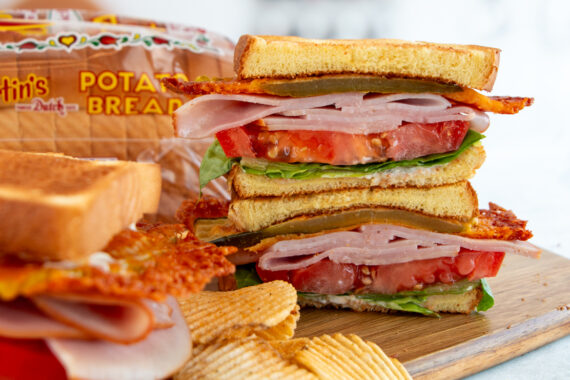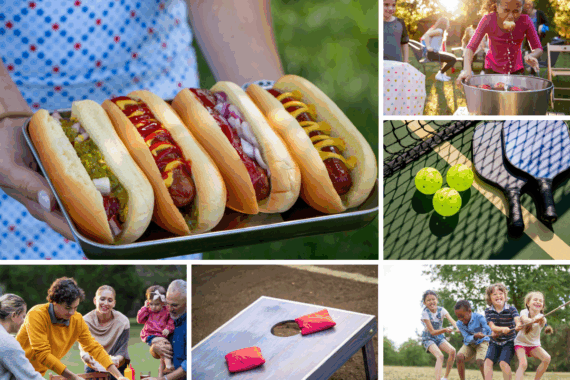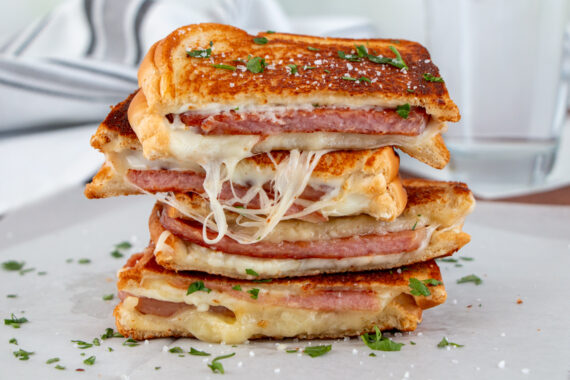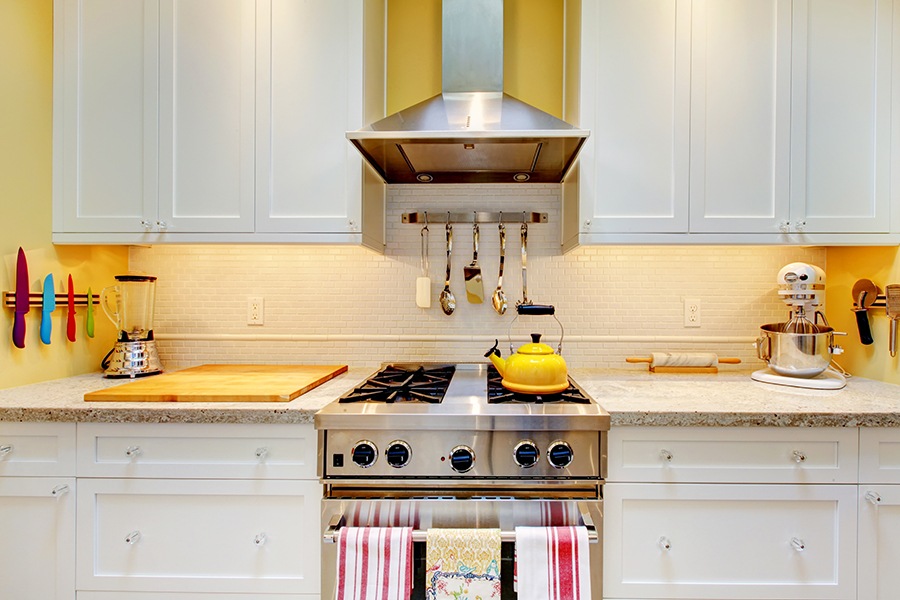
March 20th marks the first day of spring. You know what that means? Time for spring cleaning!
With calmer weather and longer days, the start of spring always seems like a nice time for a fresh start. Whether that means decluttering a few things, bringing the patio furniture out of hiding, planting new bulbs in your garden, or deep cleaning the entire house, a nice home refresh can give us some much needed peace of mind come spring.
As you’re working through your annual cleaning phase, don’t forget the kitchen! A clean and organized kitchen can help spark inspiration in your cooking and make you excited to try new things. Additionally, the process of sorting through your food, cookware, utensils, and appliances can help to point out what you no longer need and what you need to add to your list of future purchases.
Here’s a little cheat sheet with some tips for spring cleaning (read: decluttering, organizing, and deep cleaning) your kitchen.
Decluttering:
The chances are you have a few things lying around your house that don’t get much use, if any. If you’re a fan of the recent Netflix series, Tidying Up with Marie Kondo, you’re familiar with her term as a means of identifying which items to keep and which to donate or throw away. This method may be difficult to apply to tidying your kitchen, so try thinking more in terms of practicality. Do you have cooking appliances that you only use once or twice a year? Are they still worth keeping?

Image from www.delish.com
Start by going through the various spaces in your kitchen—countertops, cabinets, pantry, and fridge—and identifying items you rarely use or no longer need.
Marie suggests keeping kitchen counters as clear as possible and focusing on ease of cleaning, not ease of use. While this may not suit you if you’re an avid chef or have a very small kitchen, it can be a good rule of thumb to start with. (For more kitchen tidying tips from Marie Kondo, check out this list.)
For appliances, cookware, and utensils:
Take inventory of everything you have. Toss anything that is broken, bent, or stained beyond repair. If you have duplicate or unused items in good condition, consider donating them to charity. Make a list of anything new you need to buy.
For food:
Start by emptying out your entire fridge and throwing out anything that is past its expiration date or obviously spoiled. (While your fridge is completely empty, consider using the opportunity to give it a thorough cleaning.)
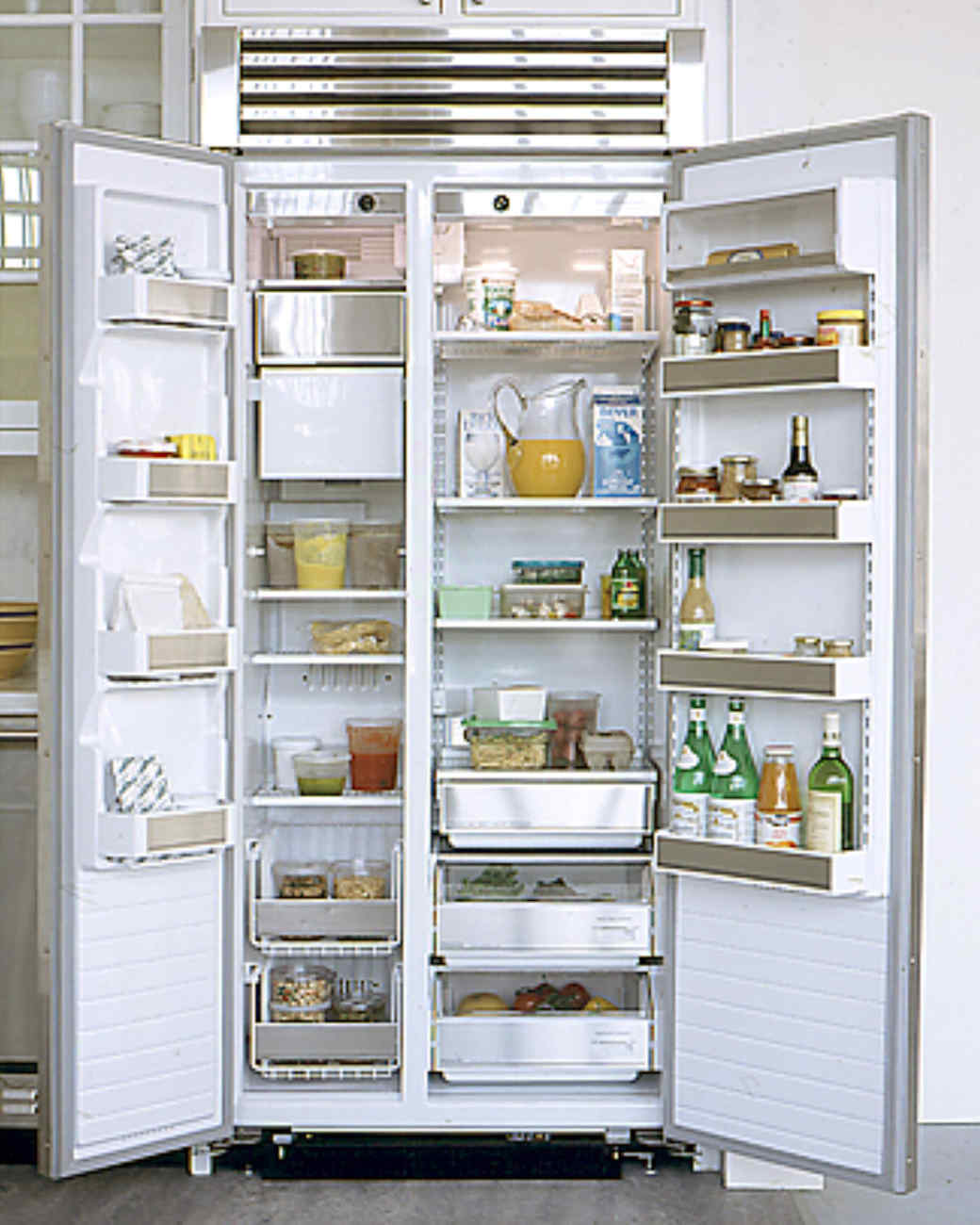
Image from www.marthastewart.com
Repeat this process with your pantry and any non-refrigerated food items as well. Note that many canned and dried goods will keep for quite some time, often even past their “best by” date. But this tidying process may still help you get rid of some foods you no longer want.
Tip: Do you find yourself throwing out bread before you can get through the whole loaf? We recommend storing bread at room temperature in a dark, dry, cool location such as a pantry, drawer, or bread box. Check out our blog post for more on proper storage: https://potatorolls.com/blog/bread-storage-dos-donts.
If you’re unsure how long a particular item of food lasts, check out this website for general guidelines and storage recommendations.
Organizing:
Once you’ve eliminated unwanted items from your kitchen, try finding creative ways to optimize your space. Check out the list of tips below for ideas:
1. Consider which items should sit out. If you have limited cabinet space, try hanging pots and pans directly overhead, arranging knifes or cooking utensils on a magnetic strip attached to the wall, or storing dried goods on the counter in clear or decorative containers with labels.
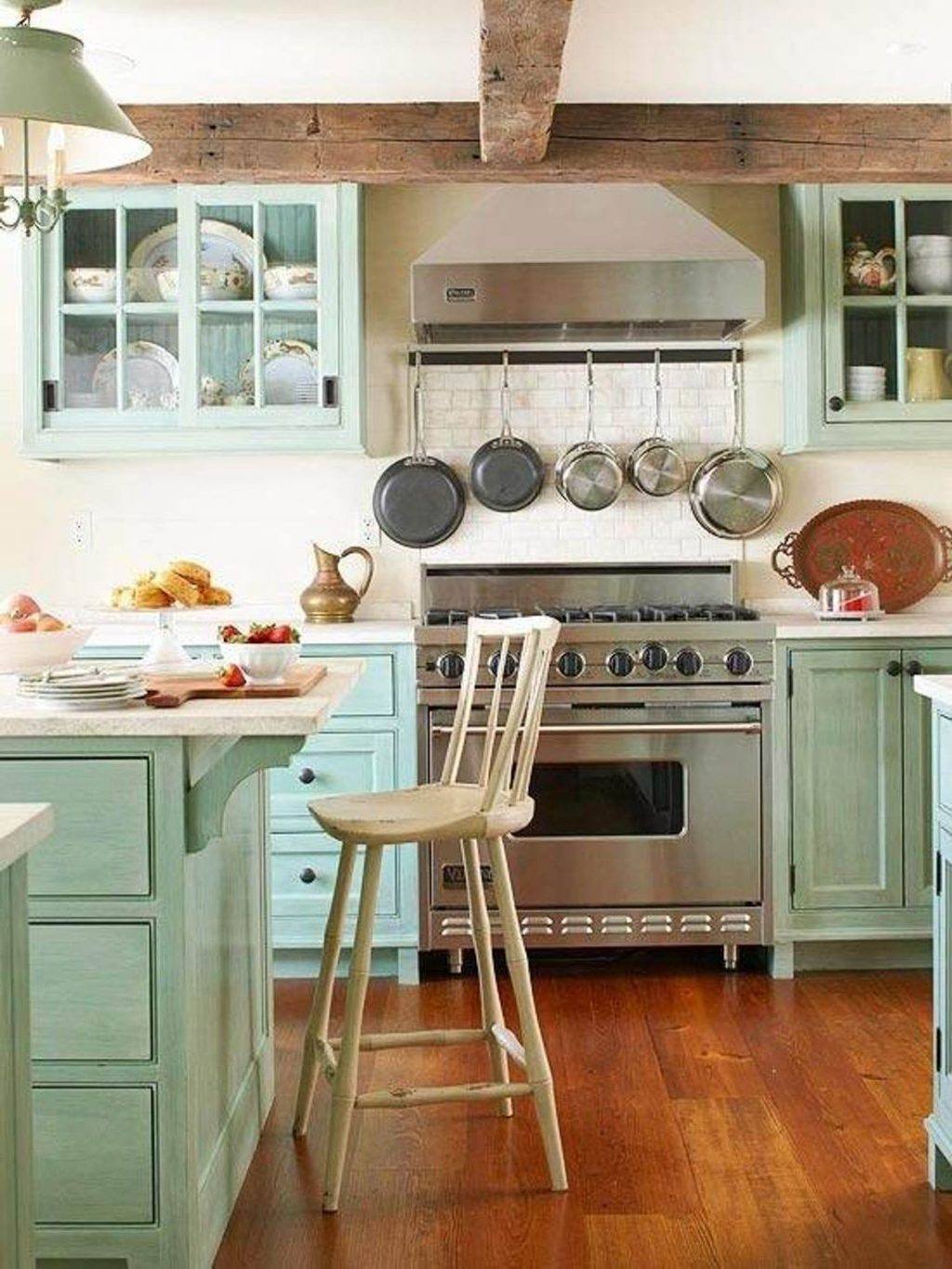
Image from midwestliving.com
2. Store your most frequently used items at eye level or in the most convenient location. Keep in mind where the items with be used; for example: pots and pans, near the stove. Also keep in mind accessibility. It is a good idea to store heavy items (like a dutch oven or stand mixer) in lower cabinets to make them easier to handle. Lighter or infrequently used items may be best in the higher cabinets that you don’t need to reach as often.
3. Group items into common categories and store them all in the same location. This will make everything easy to find later. Try arranging small items, such as utensils, into individual compartments.
4. Make the best use of your space. If you have very deep cabinets or odd-angled corner cabinets, consider arranging items on a rotating lazy susan or tiered stand to make it easier to find each item. This works especially well for spices or pantry items. Another fun idea for spices is to store them in small tins with a clear window or label to identify what’s inside, then arrange them vertically on a magnetic board attached to the wall or cabinet door.

Image from instructables.com
5. Where possible, try storing narrow items, like baking sheets and cutting boards, upright to save space. Consider using vertical curtain rods to create DIY compartments.

Image from marthastewart.com
Find more creative kitchen storage techniques here.
Deep cleaning:
Since you’re already in the process of rearranging items in your kitchen, take the opportunity to clean your pantry, cabinets, and refrigerator by dusting, wiping down shelves, and fixing or adjusting anything. Moving forward, try to keep everything in its newly designated space.
Also take this time to do a deep cleaning of your appliances; clean the oven and dishwasher, wipe down the inside of the microwave, remove crumbs from the toaster, and polish any wooden and stainless steel surfaces. Check out this guide from Serious Eats on how often to clean various sections of your kitchen.
Next steps:
So what now? Your fridge is mostly empty and you’re planning your next trip to the grocery store to restock some items. Keep a mental picture (or physical list) of foods you threw out or ingredients you had forgotten to use. Remind yourself what not to buy again in the future (i.e., things that didn’t get used) or look up recipes to discover ways to use the more obscure foods you recently rediscovered.
Tip: Read through this list of common kitchen staples to help you replenish your pantry.
Regarding leftovers: If you find that you frequently have leftover meals or ingredients and wind up tossing them rather than finishing them, try some of these creative ideas:
- There are many great recipes that require few ingredients. Try a tool like supercook.com, which searches for recipes based on the ingredients you have on hand.
- Try freezing leftovers like soups and casseroles so that they last longer. This is also a great technique for meal prep: on a free weekend, make a bunch of meals ahead of time and freeze them for easy weeknight dinners later. Get more helpful meal prep tips on our blog.
- Turn leftovers into something new. Leftover cheese? Make fondue. Leftover meat, veggie scraps, or cheese rinds? Use them to make stock. Leftover or slightly stale bread? Repurpose it for French toast or bread pudding, croutons, or homemade breadcrumbs, using these tips from our blog.
Let us know in the comments section how your spring cleaning goes!
Our latest content, delivered straight to your inbox.
Be the first to hear about our newest recipes, tips, and company updates!

